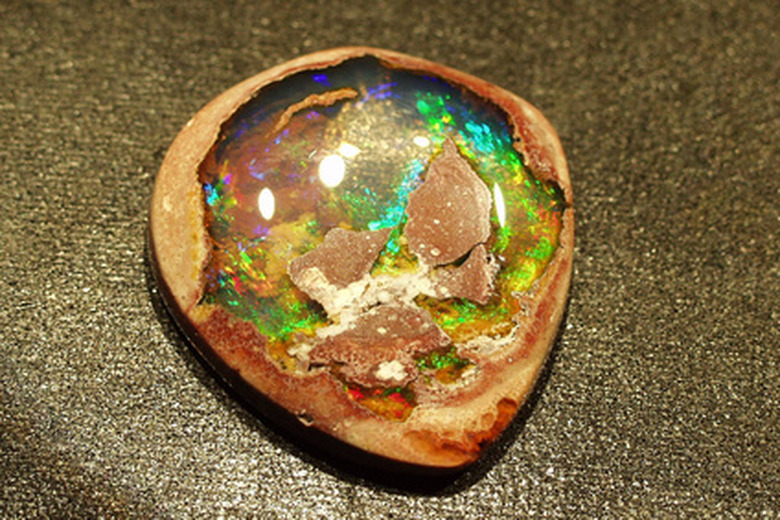How Are Opals Made?
Opals are considered semi-precious gemstones. Opals are naturally forming with over 95 percent of natural opals originating in Australia, which are harvested specifically from Australia's desert areas. However, opals can also be created synthetically through various methods. On the other hand, the synthetic opal with the widest range of uses occurs through the Gilson process.
Types of Opals
Types of Opals
Opals are found naturally and made synthetically. Opals come in a variety of types from common opals, which are opals that lack color, to opals that have a myriad of colors in their make up to solid red opals known as fire opals. However, variations of synthetic and natural opals are nearly unlimited as they can have almost every color in the spectrum presented in their color schemes.
Types of Synthetic Opals
Types of Synthetic Opals
Currently, there are at least three types of synthetic opals: Slocum stones, opal essence and opals created from the Gilson process. Both the Slocum stones and opal essence stones are difficult to tell from naturally occurring opals to the naked eye. However, Slocum stones and opal essence have very little use beyond decorative and jewelry purposes whereas the Gilson opals have scientific uses.
The Gilson Process
The Gilson Process
According to Chemical and Engineering News, the Gilson process was developed by French scientist Pierre Gilson in 1974 and is nearly exact to the natural process by which opals are formed. The Gilson process uses silicon to grow opals and, once the silicon seed that will become an opal is created, the opal will develop from this seed in 14 to 18 months.
Synthetic vs. Natural Opals
Synthetic vs. Natural Opals
Very few differences exist between natural opals and Gilson opals. In fact, Chemical Engineering News states that the only element that is not present in Gilson opals is water. Moreover, Gilson opals can only be differentiated from naturally occurring opals under the close examination by a jeweler. This difference is called the "lizard-skin" effect where the absence of water causes small ripples in the surface area of the opal.
Uses of Synthetic Opals
Uses of Synthetic Opals
While Gilson opals can used in jewelry and similar fashions like opal essence and Slocum stones, the lack of water in synthetic opals makes them nearly indestructible, unlike their naturally occurring cousins. This makes Gilson opals useful for scientific purposes. For example, opal chips are being manufactured that can carry and transfer information through the Gilson opal's photons.
Cite This Article
MLA
Adkins, Michael. "How Are Opals Made?" sciencing.com, https://www.sciencing.com/opals-made-6637870/. 24 April 2017.
APA
Adkins, Michael. (2017, April 24). How Are Opals Made?. sciencing.com. Retrieved from https://www.sciencing.com/opals-made-6637870/
Chicago
Adkins, Michael. How Are Opals Made? last modified March 24, 2022. https://www.sciencing.com/opals-made-6637870/
